Cyanotype experiments
Analogue process and cyanotype. Exploring papers, toners and keeping tonal range.
Stevan Stratford
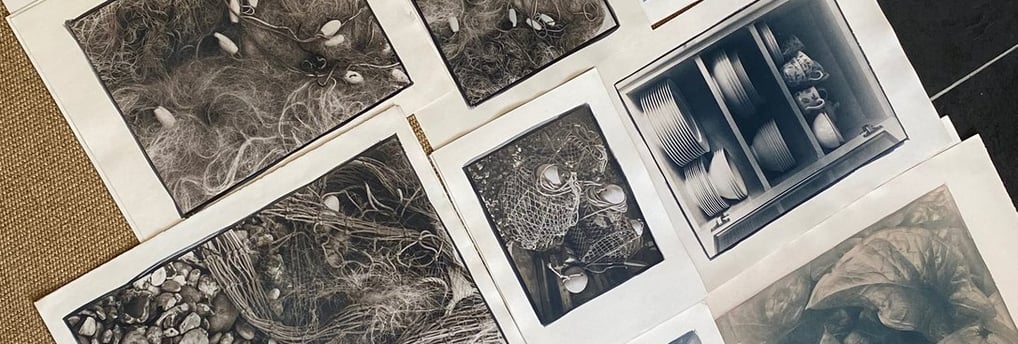

My analogue process and exploring cyanotypes
I love the tangible nature of analogue photography. Capturing light and shadow on an actual material surface has seemed both magical and very real to me ever since I first saw black and white prints being made in the garage darkroom of my friend’s dad when I was about 10 years old. These days I still enjoy shooting on film far more than digital, anything from half frame 35mm to 5x4 large format. It is slow, it is cumbersome, it is vulnerable, it is inconvenient and expensive, and yet for me there is nothing quite like that sense of anticipation after shooting and developing your own films, pulling it from the tank to see for the first time if it all came together.
Why do we put ourselves through the torment of potential failure and variability at every step of the process? I can’t answer that for anyone else, and I am not entirely sure sometimes why I go through it, other than to say that for me, I feel more like I am really engaged in the process of making an image, from beginning to end. I am making the decisions about what that light looks like on that particular film stock, using that particular camera and lens, developing in this or that developer etc. etc. to get to my negative. There is no software involved, I am capturing shadows in a literal way, light is the means by which that image is captured and held as a tangible object on that negative. One might argue that digital does the same thing, using some sort of censor in place of the film, but from that point on it becomes ones and zeros. That is a whole other conversation. I love digital photography too, if I want to shoot something quickly, or perhaps in colour, I am more likely to reach for a digital camera.
My analogue process largely stops with the negative, I work in what some might call a hybrid system, simply meaning that I digitise my negatives using either a scanner or, more commonly these days, my digital camera. Generally speaking I don’t tend to do anything to my scanned images that I would not do in the dark room, the usual dodging and burning, as well as some contrast adjustments, and of course spotting for dust. This means I have digital files that can be shared or printed, but I also have the negatives should I ever want to print in the dark room. It is at this point that I can return my process to analogue as I am able to create and print larger digital negatives from which I can create contact prints. To me this is wonderful. In an ideal world I would love to shoot ultra large format negatives in the first place, but in reality the costs are prohibitive, and I can, in theory, print any size and format I want. An inkjet printed negative on to transparency film is a fraction of the cost of the silver based film equivalent. It may have some impact on the resulting image quality, but for my purposes it is currently doing the job and allowing me to explore.
I would love to work with the processes of wet plate photography, platinum and palladium, and carbon transfer printing especially, but again my budget does not currently stretch to that. So, I have been exploring one of the oldest and most basic of photo printing processes, cyanotype. I am using the oldest recipe discovered by Herschel in 1842. It is known for the intense Prussian blues and high contrast images, but I think my desire to print using other methods has lead me to explore toning techniques which shift the classic blue to warm or cool blacks, browns and even purple images. I like that one can make aesthetic choices and shift the process to suit your artistic intent. Not only have I been exploring toning, I have looked in to ways I can retain more of the mid tone values in my images. I am by no means scientific in the way I do it, but I have made notes and learned along the way, establishing some repeatability and predictability.
Going forward with what I have learned to date, I hope to scale up the sizes of my images. I am limited to the single sheet size of my modest printer, although I could send files out to print elsewhere, or piecing images in sections, which is something that I have done with some success, but of course that has its compromises. It does however make me even more inclined to try working on larger scale with contact printed negatives. I think the largest contact printed image I have made so far is around 70x30cm. If you are using objects as the basis of your images it is in some ways much easier to scale up. The largest cyanotype I have personally attempted to date was a print on cotton using people as the subject and was approximately 5x2m. The practicality of exposing and wet processing larger images becomes very interesting, easier on cotton sheet in the sun than on high quality paper using UV lights. That’s all part of the fun of it though.
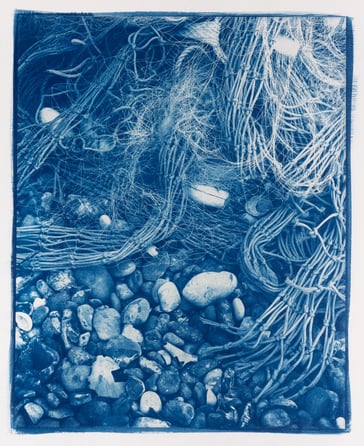

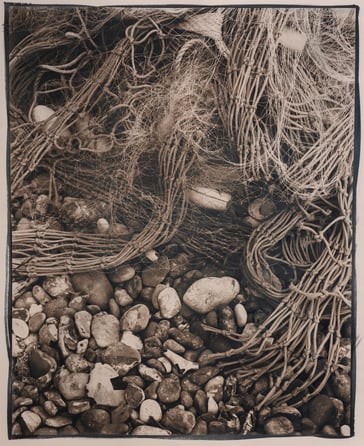

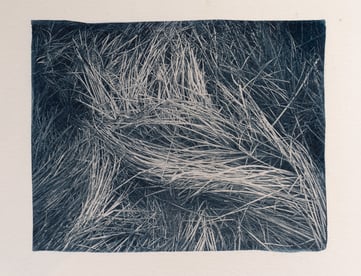

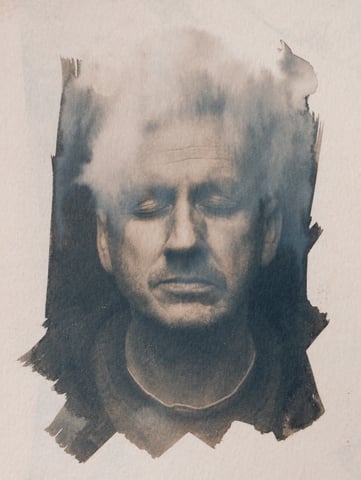











All images Copyright © Stevan Stratford
